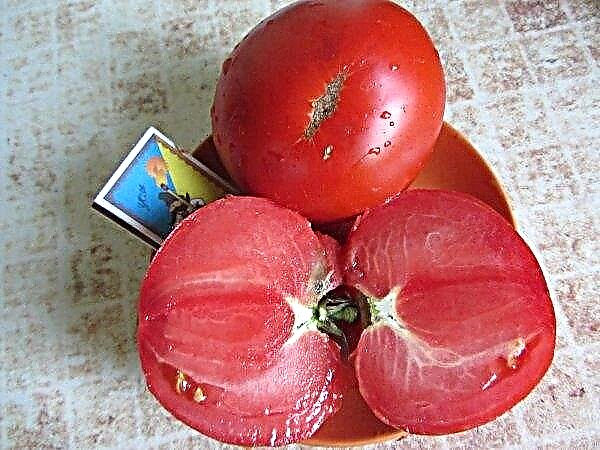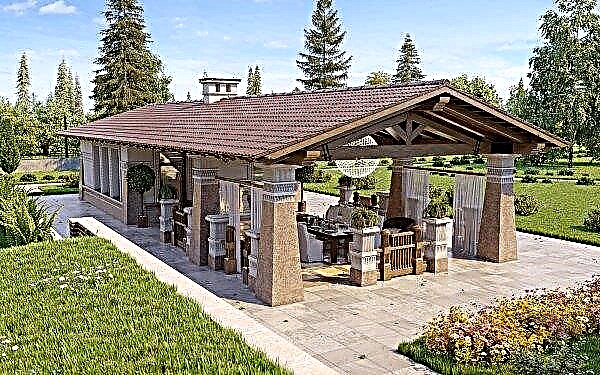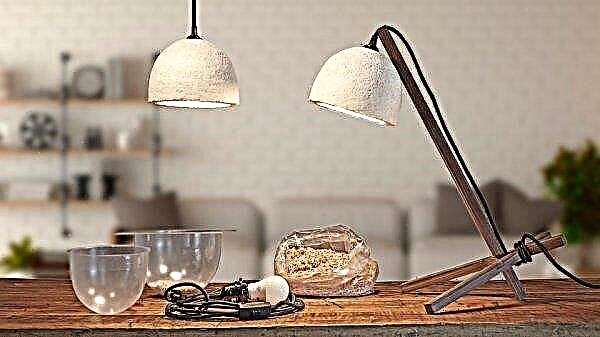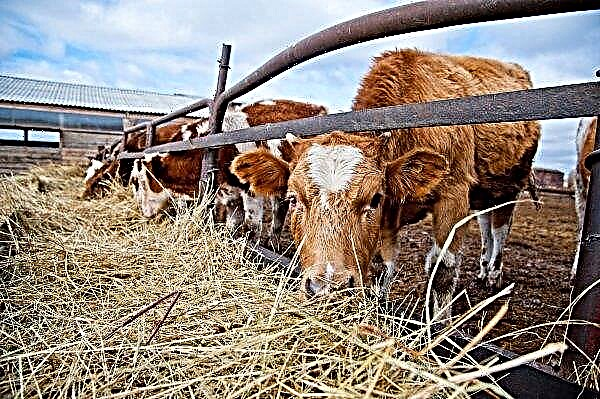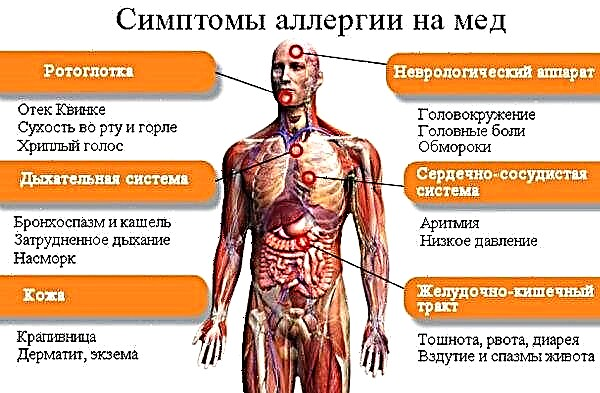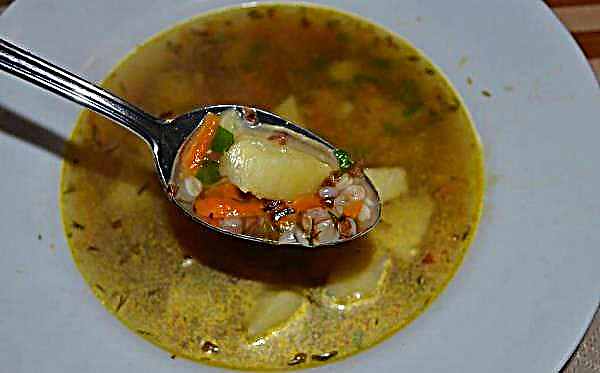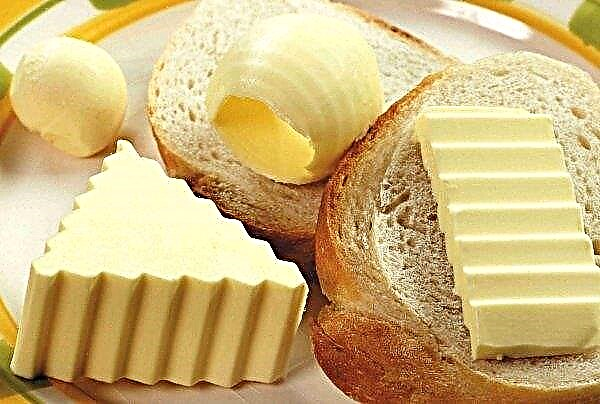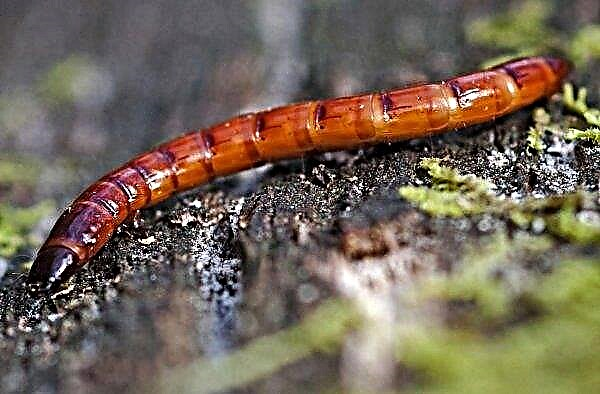If you have an artificial pond with inhabitants on the site, then in the fall you will need to carry out procedures to prepare it for the winter. One of the important points is the heating of the reservoir, since some species of fish and plants cannot live in cold water. This applies to cyprinids: for example, comets, whose homeland is Southeast Asia, where a hot, tropical climate prevails. In this article, you will learn how to keep warm in a pond for the winter.
Optimum temperature for the pond
The biggest problem for fish in cold weather is the ice, which covers the surface of the reservoir - it reduces the amount of oxygen. Fermentation of organic elements in water continues, and under the ice mass, the concentration of toxins becomes high. As mentioned earlier, fish from Southeast Asia need a temperature of at least + 5 ° C.

In a region where it can reach -30 ° C in winter, it is impossible to achieve such conditions without additional heaters. The heater includes a tank for heat transfer, it is equipped with an electric pump with a filter. Such a device is quite expensive, but if you want to save the inhabitants of the pond - this is necessary.
Important! To install the heating system, the pond must be at least 1.5 m deep. Otherwise, it is not recommended to leave the fish in a pond — it is better to transfer them to separate containers.
Types of heaters
Basically, all heaters float on the surface, their main task is to prevent freezing of water. It must also be remembered that the device is not able to warm the entire pond, only maintain heat in a separate hole, thus ensuring air intake and the possibility of feeding. It is also necessary to take into account that it is not worth warming the water to the bottom - this can lead to disruption of biological processes.

There are 2 types of appliances:
- floating;
- flowing.
Floating
The name of the device speaks for itself. The heater is on the surface and does not allow it to become covered with ice. On water, the device rests on the principle of a float. A thermostat is built into it that controls the temperature, and there is also a special cover - it is needed so that the fish does not get burned.

Thanks to the operation of the heater, a hole is formed, with its help underwater creatures gain access to food and oxygen. Floating devices operate from the network, connect to it thanks to an insulated cable. The disadvantage is that you have to independently set the temperature based on the size of the reservoir and the weather on the street.
Important! Before installing the heater, get rid of the algae in the pond, because in the fall they begin to decompose and create an unfavorable environment for the inhabitants of the reservoir.
Flowing
Flow de-icer is a more advanced equipment. As well as floating, it is made of heating underwater and surface elements. Its advantages are in the thermostat, which responds to cold, and in the compressor - it circulates water and destroys ice crystals. The hole is created using a special pump. If the temperature drops, the system is activated and heating is turned on. This allows you to significantly save energy, in addition, you do not need to monitor the temperature, and circulation improves gas exchange.
If the temperature drops, the system is activated and heating is turned on. This allows you to significantly save energy, in addition, you do not need to monitor the temperature, and circulation improves gas exchange.
Popular firms for the manufacture of heaters are:
- Aquael.
- OASE.
- Pontec.
Did you know? To find out how well an ornamental goldfish wintes, pay attention to its tail. The smaller it is, the lower the probability of a successful outcome.
Preparation of fish and plants
Before installing the heater, the pond must be prepared. All fallen leaves must be removed in a timely manner to prevent their rot. And all the trees that are near the water should be pruned. Of course, colorful leaves on the surface of a pond are very beautiful, but in a couple of days they can begin to poison fish. Since there is so little air in the pond in winter, this can lead to the death of all creatures.
Also, do not forget about underwater plants. Before the onset of cold weather, they form buds, which in the spring degenerate into new shoots. If you decide to leave them to winter in the pond, then you should transplant to a deeper place - about 0.5 m. Surface plants can be transferred to the ground and insulated with peat or foliage.
Did you know? The colorful silver carp does not get along in the same reservoir with carp.
If the reservoir is deep, then the kidneys will survive the cold perfectly. But if it is small, it is better to move the flora to warmer places. Fishes also need to be thoroughly prepared - they need to provide protein nutrition. In autumn you need to reduce feeding, and in winter it is not needed at all. You can leave livestock for wintering in a pond only if its depth is more than 1.5 m.
Video: Wintering fish in a pond
DIY heater installation
It is best to install heaters before the onset of cold weather - so the device will work in accordance with weather conditions. The operation is quite simple: it is placed in water and connected to the mains. The upper part keeps the device afloat, and the lower one heats. It is also advisable to install an aerator - a device to saturate the pond with oxygen.
If you take good care of wintering the pond in advance, all living things in it will survive the cold perfectly. Thanks to the heating device, you will not need to spend your time and energy constantly moving fish to other containers, especially since this process is a huge stress for her. Accordingly, if you decide to equip an artificial reservoir, then you need to create all the optimal conditions for caring for it and wintering.

